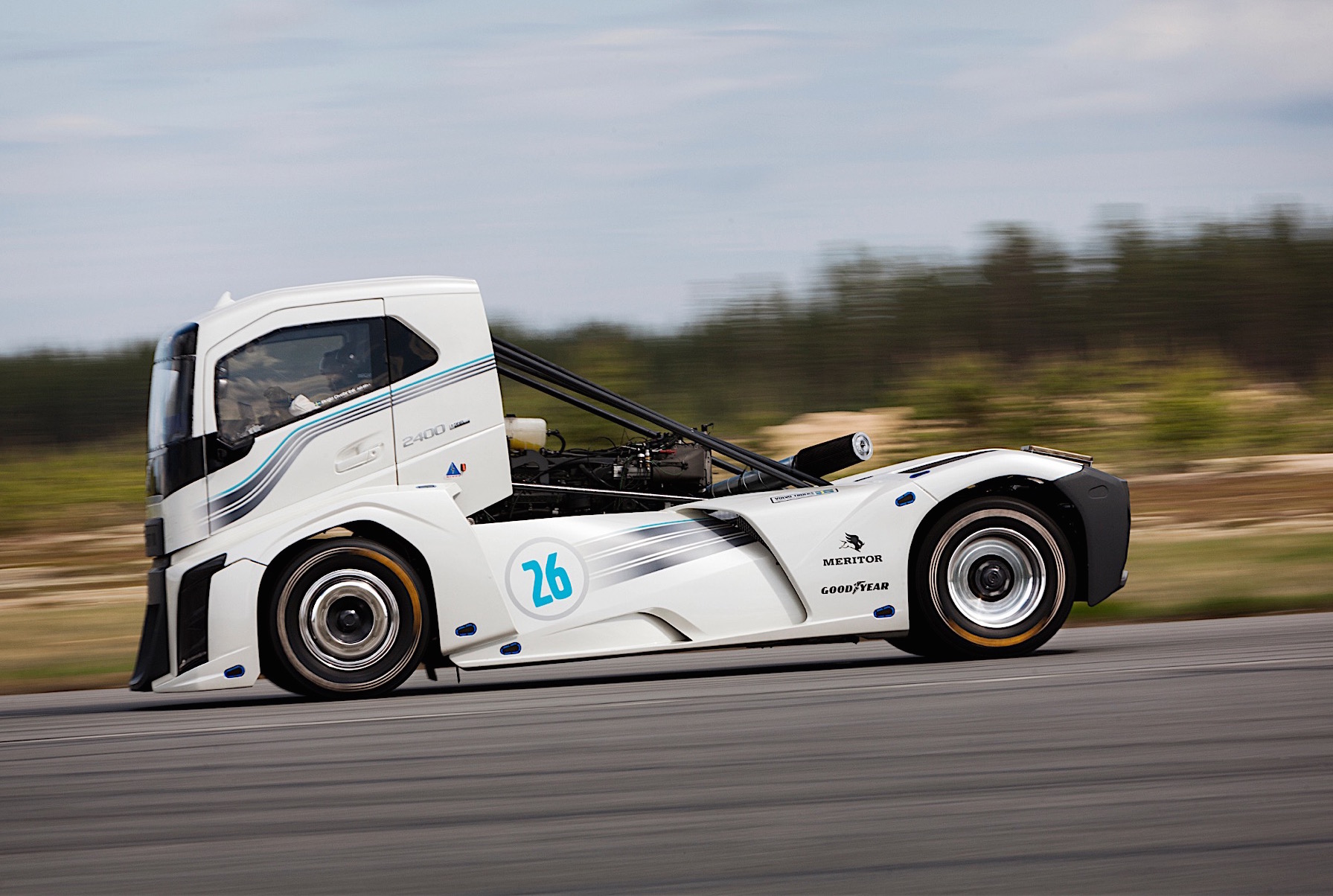
Since speed is the absolute value of velocity, the object's speed is 350 meters/second. Now, we can just plug in t = 12 seconds.Remember that the object's initial velocity is 10 m/s. To find C, we'll solve v(t) for t = 0. One of the first scanned into our new e- is the One Kilometer from a Flying Start Land Speed Record gained by racing motorist and motoring journalist Sir Malcolm Campbell on 25 September 1924 at Pendine Sands.In this case, we can solve like this:Ī(t) = -30 v(t)= ∫ a(t)dt = ∫ -30dt = -30t + C One kilometre (km) 0. In everyday use and in kinematics, the speed of an object is the magnitude of the change of its position over time or the magnitude of the change of its position per unit of time it is thus a scalar quantity.

X Research source Let's also say that it has an initial velocity of 10 m/s. The average speed of an object in an interval of time is the distance travelled by the object divided by the duration of the interval the instantaneous speed is the limit of the average speed as the duration of the time interval approaches zero.


Rate and speed are similar since they both represent some distance per unit time like miles per hour or kilometers per hour. However, it's useful to note that when you have a function a(t) that gives acceleration with regards to time, the integral of a(t) will give you velocity with regards to time. To solve for distance use the formula for distance d st, or distance equals speed times time. This topic is a little too complex to explain fully in this article. Acceleration is a way of measuring the change in an object's velocity over time. Take the integral of an acceleration function.


 0 kommentar(er)
0 kommentar(er)
